Once upon a menu, these dishes reigned supreme, commanding white tablecloths and eager forks with their rich sauces, crisp crusts, and old-world charm. But somewhere between avocado toast and deconstructed salads, these classics quietly vanished, leaving only whispers of flambé flames and cream-laden sauces behind. Ever wonder why you never see a shimmering Baked Alaska or a buttery Beef Wellington anymore? It’s not just changing tastes—rising costs, shifting health trends, and evolving dining styles quietly edged them off the stage. Before they disappear from memory altogether, let’s revisit these 20 legendary dishes most restaurants ditched without telling you why.
1. Beef Wellington
The crown jewel of fine dining establishments throughout the 1970s and 80s required extraordinary skill to execute properly. Chefs wrapped perfectly cooked beef tenderloin in mushroom duxelles and delicate puff pastry, creating a temperature balancing act few kitchens could master consistently.
Rising meat costs and the intimidating preparation process gradually pushed this showstopper off menus. The dish demanded precision timing—overcook it slightly and the expensive tenderloin turns gray; undercook the pastry and customers face soggy disappointment.
Today, you’ll find Beef Wellington primarily in high-end steakhouses or on special occasion menus where the tableside presentation justifies its premium price point.
2. Veal Cordon Bleu
Crispy on the outside with melted cheese oozing from within, this Swiss creation was once the hallmark of continental cuisine across American restaurants. Thinly pounded veal cutlets wrapped around ham and cheese then breaded and fried represented European sophistication on 1960s menus.
Ethical concerns about veal production began turning diners away in the 1980s. Additionally, health-conscious consumers started avoiding heavy, fried entrées in favor of lighter fare.
While chicken versions occasionally appear, the original veal preparation has largely vanished from mainstream establishments, relegated to old-school European restaurants that maintain traditional cooking methods.
3. Tournedos Rossini
Named after Italian composer Gioacchino Rossini, this opulent dish combined filet mignon topped with foie gras and black truffles. The medallions of beef were typically sautéed in butter, then crowned with the luxurious toppings and finished with Madeira sauce.
Modern restaurants rarely feature this indulgence due to astronomical ingredient costs and shifting attitudes toward foie gras. Several states and countries have restricted or banned foie gras production, making the authentic preparation increasingly difficult.
The dish’s excessive richness also fell out of favor as dining preferences moved toward cleaner flavors that showcase ingredients rather than masking them in heavy sauces.
4. Waldorf Salad With Chicken
Born at New York’s Waldorf-Astoria Hotel in the 1890s, this once-ubiquitous salad combined crisp apples, celery, walnuts, and mayonnaise dressing. Adding chicken transformed it from appetizer to entrée, becoming a ladies’ lunch favorite throughout mid-century America.
The heavy mayo dressing gradually fell from fashion as lighter vinaigrettes gained popularity. Modern diners seeking fresher, more vibrant flavors with global influences turned away from this relatively bland American classic.
While occasionally spotted on country club menus or in retro diners, the original Waldorf with chicken has been replaced by countless contemporary salads featuring trendy ingredients like quinoa, kale, and exotic fruits.
5. Beef Stroganoff
Tender strips of beef smothered in a rich sour cream sauce with mushrooms defined comfort food for generations of American diners. This Russian-inspired dish reached peak popularity in the 1950s and 60s, appearing on virtually every mid-range restaurant menu across the country.
Health concerns about red meat and heavy cream sauces gradually pushed Stroganoff aside. The dish’s lengthy preparation time also made it impractical for modern restaurants with streamlined kitchens.
While home cooks still occasionally prepare simplified versions, authentic restaurant Stroganoff with properly seared beef and made-from-scratch sauce has largely disappeared from contemporary dining establishments.
6. Abalone Meunière
Delicate slices of abalone dredged in flour and quickly sautéed in butter with lemon and parsley created a simple yet luxurious seafood experience. Coastal restaurants throughout California proudly featured this local delicacy from the 1930s through the 1970s.
Severe overfishing decimated wild abalone populations, leading to strict harvesting regulations and sky-high prices. The few remaining commercial sources now command hundreds of dollars per pound, making it economically unfeasible for most restaurants.
Farm-raised abalone exists but lacks the flavor and texture that made the wild version so prized. This once-accessible seafood has transformed into an extreme luxury few diners will ever experience.
7. Consommé Célestine
This elegant French soup exemplified culinary refinement with its crystal-clear beef broth and delicate julienned crêpes floating on top. The labor-intensive clarification process required hours of careful skimming and straining to achieve perfect transparency.
Few modern restaurants allocate resources to such time-consuming preparations with minimal profit margins. The skilled technique of properly clarifying stock has become increasingly rare as culinary education focuses on contemporary methods.
Changing consumer preferences also contributed to its decline—today’s diners generally prefer heartier, more substantial soups with bold flavors rather than the subtle, nuanced character of traditional consommé.
8. Trout Almondine
Pan-fried trout topped with toasted almonds and brown butter sauce was once the sophisticated choice for fish lovers dining out. The simple preparation let the delicate flavor of freshwater trout shine while the nutty almonds provided perfect textural contrast.
Restaurant fish offerings evolved toward more exotic species and global preparations. Salmon, sea bass, and tuna pushed freshwater fish like trout to the margins of modern menus.
The classic French technique of cooking with brown butter (beurre noisette) also fell out of favor as lighter, heart-healthy cooking methods gained popularity. When trout does appear today, it’s more likely to be served with contemporary ingredients like citrus, herbs, or fruit salsas.
9. Oyster Pan Roast
This hearty, spiced oyster stew combined plump oysters with a rich tomato-cream base, often spiked with Worcestershire sauce and hot sauce. Once a signature offering in oyster houses and seafood restaurants along both coasts, it represented comfort food with a touch of luxury.
Modern oyster culture has shifted dramatically toward raw consumption. Today’s oyster bars focus on showcasing regional varieties on the half-shell rather than cooking them.
Health concerns about cream-heavy dishes also contributed to its decline. The few establishments still serving traditional pan roasts are typically historic restaurants maintaining their heritage menus as a nod to culinary tradition.
10. Pimento Cheese Sandwich
This humble yet beloved sandwich featured creamy, tangy pimento cheese spread generously between slices of white bread. Often served at lunch counters, diners, and casual restaurants, it represented affordable comfort food with distinctly Southern roots.
Chain restaurants and standardized menus gradually pushed regional specialties like pimento cheese sandwiches aside. The rise of more elaborate sandwich options with premium ingredients made this simple offering seem outdated.
While pimento cheese has experienced some revival as an appetizer or burger topping in trendy Southern-inspired restaurants, the classic sandwich version has largely disappeared from mainstream menus outside its traditional homeland.
11. Calabrese Pizza
Featuring spicy salami, red peppers, and sometimes olives atop a traditional tomato-cheese base, Calabrese pizza offered a fiery alternative to standard pepperoni. This Italian regional specialty gained popularity in authentic pizzerias during the 1980s and 90s.
As pizza chains dominated the market with standardized offerings, regional Italian varieties often disappeared. American diners generally gravitated toward familiar toppings rather than exploring authentic regional specialties.
While still available in specialty Italian restaurants, Calabrese has vanished from most mainstream pizza establishments. The recent trend toward Neapolitan-style pizzas has further pushed this spicy southern Italian variation to the margins of American pizza culture.
12. Chicken à la King
Tender chicken pieces swimming in creamy sauce with mushrooms, pimentos, and sometimes peas created the ultimate comfort food. Typically served over toast points, rice, or puff pastry shells, this dish graced countless restaurant menus from the 1920s through the 1970s.
The heavy cream sauce fell out of fashion as nutritional awareness increased. Modern diners seeking healthier options turned away from dishes featuring rich, flour-thickened sauces.
The somewhat bland flavor profile also lost ground to more globally influenced chicken dishes with bolder seasonings. While occasionally found in cafeterias or retro diners, Chicken à la King has largely disappeared from contemporary restaurant menus.
13. Crab Louie
Born in early 20th century San Francisco, this elegant salad combined fresh crabmeat with hard-boiled eggs, tomatoes, and asparagus over lettuce. The signature Louie dressing—similar to Thousand Island but with a distinctive twist—tied everything together in refreshing harmony.
Rising seafood costs made this once-accessible dish increasingly expensive to produce. Modern salad trends favoring lighter dressings and more exotic ingredients pushed this classic further into obscurity.
While still occasionally found in historic seafood restaurants along the Pacific coast, Crab Louie has been largely replaced by contemporary seafood salads featuring trendy ingredients like avocado, mango, and citrus vinaigrettes.
14. Vichyssoise
This refined French-American creation combined puréed leeks and potatoes in a cream base, served cold with delicate chive garnish. Upscale restaurants throughout the mid-20th century featured this sophisticated soup, particularly during summer months.
Modern diners generally prefer hot soups regardless of season. When cold soups do appear, restaurants now favor more vibrant options like gazpacho or fruit-based varieties.
The subtle flavor profile of Vichyssoise has also fallen out of step with contemporary preferences for bold, distinctive tastes. Its cream-heavy composition further pushed it from menus as health-conscious dining gained prominence.
15. Green Goddess Dressing
Created at San Francisco’s Palace Hotel in the 1920s, this vibrant green dressing combined mayonnaise, sour cream, anchovies, and fresh herbs. Its distinctive color and complex flavor made it a sophisticated choice for salads throughout the mid-20th century.
Ranch dressing’s rise to dominance in the 1980s pushed many classic dressings aside. The labor-intensive process of making fresh Green Goddess with multiple herbs made it impractical for many restaurants.
While experiencing occasional revivals in chef-driven restaurants, the authentic version with its anchovy base has largely disappeared from mainstream menus. Modern adaptations often omit the traditional ingredients in favor of avocado or yogurt bases.
16. Chicken Kiev
This Ukrainian specialty featured chicken breast pounded thin, wrapped around herb-infused butter, then breaded and fried to golden perfection. When cut open tableside, the melted butter would dramatically pour out, creating an unforgettable dining experience.
The complex preparation process made it increasingly impractical for modern restaurants with streamlined kitchens. Health concerns about fried foods and butter-heavy dishes further pushed it from menus.
While frozen versions remain available in supermarkets, properly executed restaurant Chicken Kiev has become a rarity. The theatrical presentation that once made it special has been replaced by other showy dishes better aligned with contemporary tastes.
17. Liver and Onions
Thinly sliced calf’s liver quickly seared and topped with caramelized onions was once found on virtually every diner and family restaurant menu across America. This affordable protein option represented hearty, no-frills dining for generations of customers.
Changing palates and increased awareness of organ meats’ high cholesterol content gradually pushed liver from mainstream menus. Younger diners rarely developed a taste for liver’s distinctive flavor and somewhat grainy texture.
The few restaurants still serving this classic typically cater to older clientele seeking nostalgic comfort food. What was once a standard offering has become a specialty item found primarily in old-school establishments maintaining traditional American cuisine.
18. Oysters Rockefeller
Created at New Orleans’ Antoine’s Restaurant in 1899, this rich appetizer featured oysters on the half-shell topped with a secret herb-butter mixture and breadcrumbs, then baked. The dish was named after John D. Rockefeller because it was considered as rich as he was.
Modern oyster culture has shifted dramatically toward raw consumption with minimal accompaniments. Today’s oyster enthusiasts prefer tasting the unique characteristics of different varieties rather than masking them with heavy toppings.
Rising oyster prices also made this labor-intensive starter increasingly expensive to produce. While still found in historic restaurants and steakhouses, Oysters Rockefeller has largely been replaced by simpler preparations that showcase the shellfish’s natural flavor.
19. Baked Alaska
This showstopping dessert combined ice cream encased in meringue, then briefly baked or flambéed tableside. The contrast between the frozen center and warm exterior created both visual drama and textural delight for mid-century diners.
The theatrical preparation required skilled service staff and perfect timing. As tableside service declined in restaurants, so did flambéed desserts requiring this specialized expertise.
Modern dessert trends favor either simple, homestyle offerings or intricate plated compositions that can be prepared entirely in advance. While occasionally revived for special occasions, the regular appearance of Baked Alaska on dessert menus has become exceedingly rare outside of cruise ships and historic establishments.
20. Chateaubriand
This impressive center-cut beef tenderloin, traditionally prepared for two, represented the pinnacle of tableside service and shared dining experiences. Carved by skilled waiters and accompanied by béarnaise sauce and elaborate vegetable garnishes, it epitomized special occasion dining.
The formal service style required for proper Chateaubriand presentation has largely disappeared from modern restaurants. Contemporary diners generally prefer individually plated meals rather than shared centerpieces.
Rising beef costs and changing preferences for more varied cuts with stronger flavor profiles also contributed to its decline. While still available in traditional steakhouses, the authentic tableside preparation of Chateaubriand has become increasingly rare.
21. Steak Diane
Named after the Roman goddess of the hunt, this theatrical dish featured thin beef medallions flambéed tableside in a cognac cream sauce. The dramatic flames and rich aroma created an unforgettable dining experience popular in upscale restaurants during the 1950s and 60s.
As tableside cooking declined due to safety regulations and staffing costs, Steak Diane gradually disappeared. Modern restaurants rarely employ staff trained in these specialized preparation techniques.
The heavy cream sauce also fell out of favor as dining preferences shifted toward lighter preparations. When steak appears on contemporary menus, it’s typically served with simpler accompaniments that showcase the meat’s natural flavor rather than rich, complex sauces.
22. Mock Turtle Soup
This elaborate soup mimicked the flavor and texture of green turtle soup using calf’s head, organ meats, and complex seasonings. A staple of fine dining establishments throughout the 19th and early 20th centuries, it represented sophisticated cuisine with literary connections to Alice in Wonderland.
The labor-intensive preparation requiring specialized ingredients became increasingly impractical for modern kitchens. Changing attitudes toward organ meats further pushed this once-prestigious soup into obscurity.
Few contemporary diners have ever tasted authentic mock turtle soup, as the culinary techniques required for its preparation have nearly vanished from restaurant kitchens. This Victorian classic has been relegated to food history books rather than actual menus.
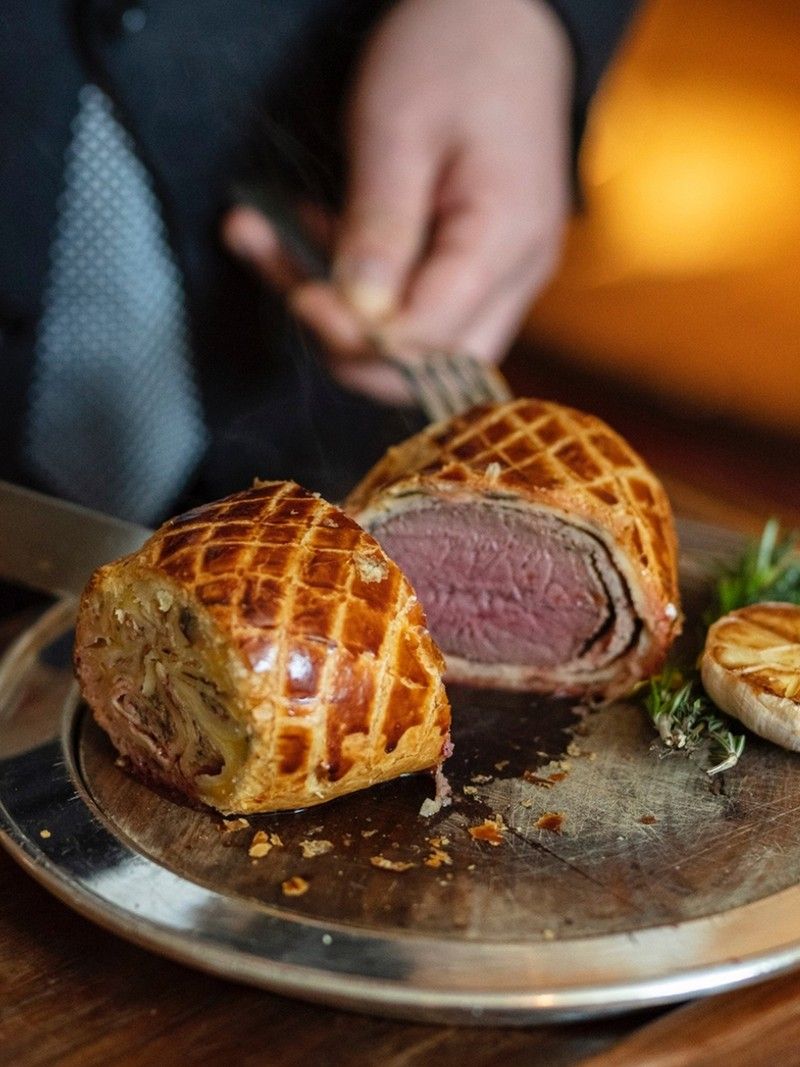

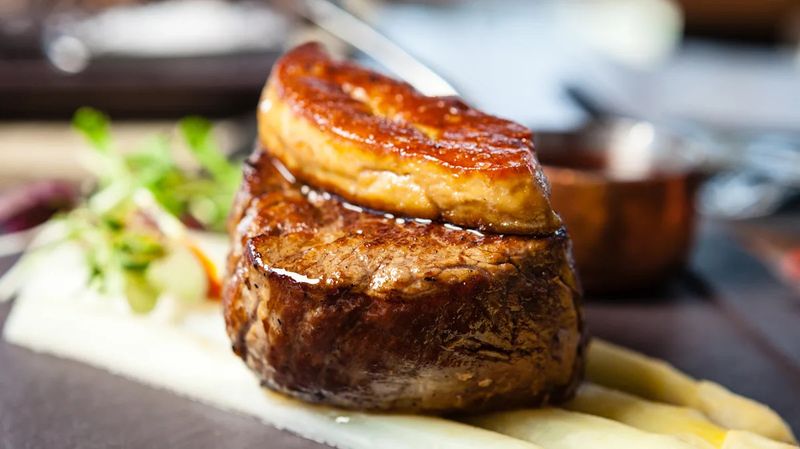

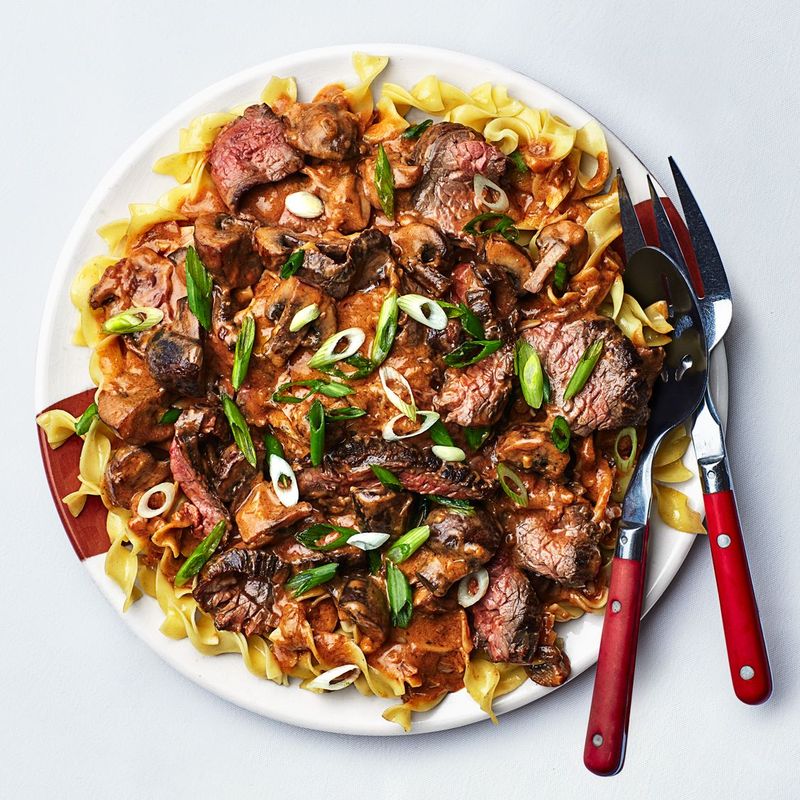
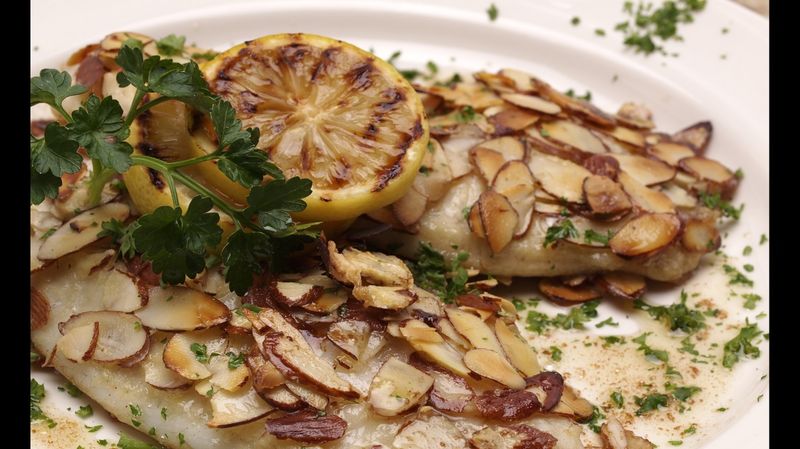
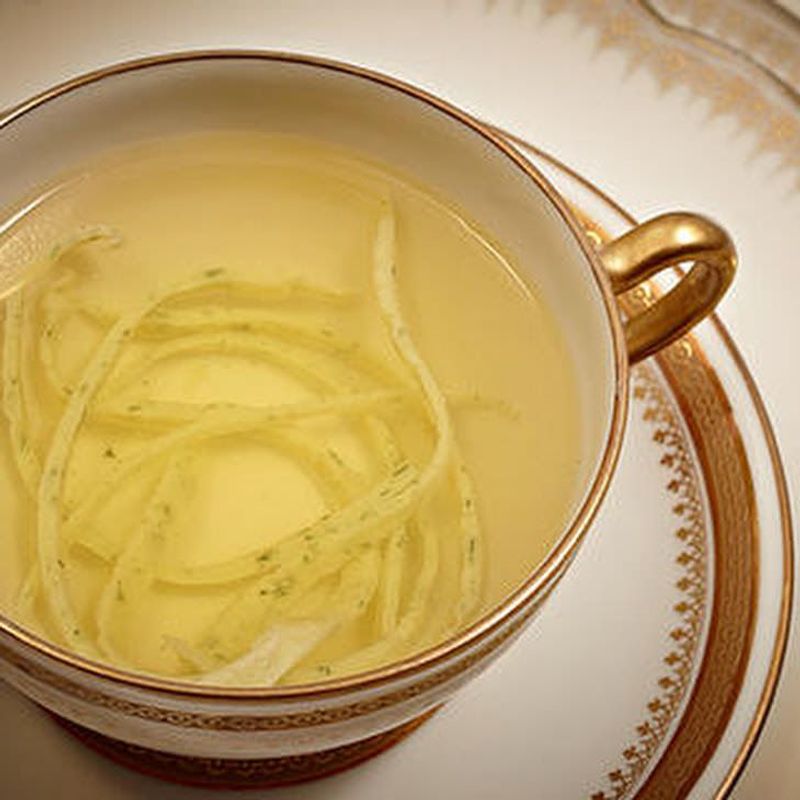
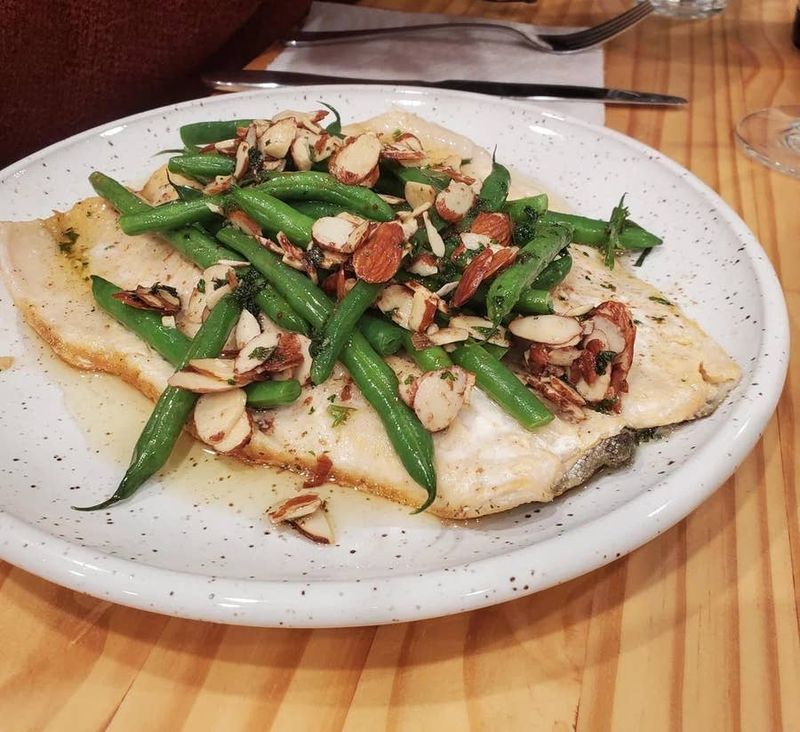

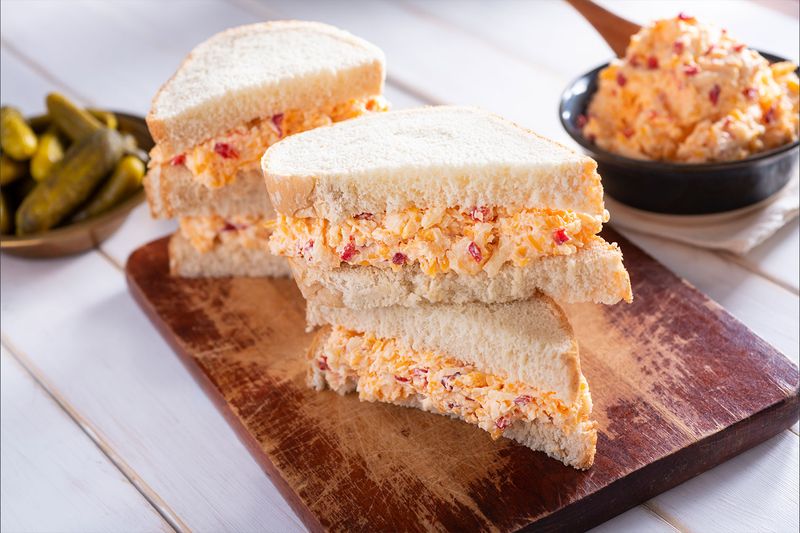


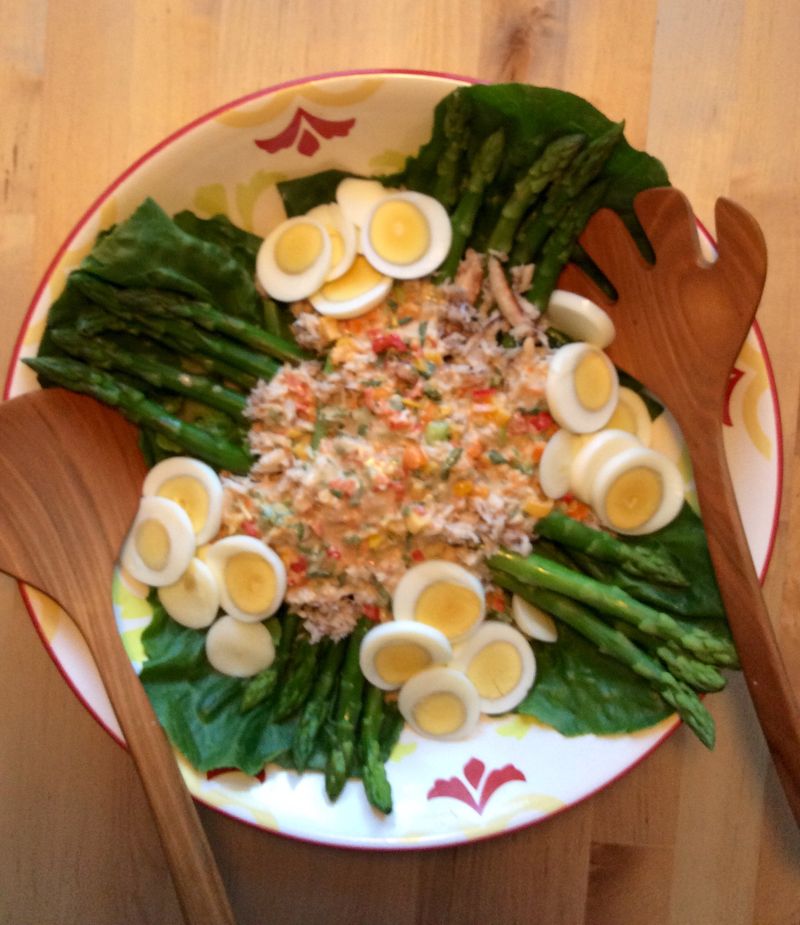
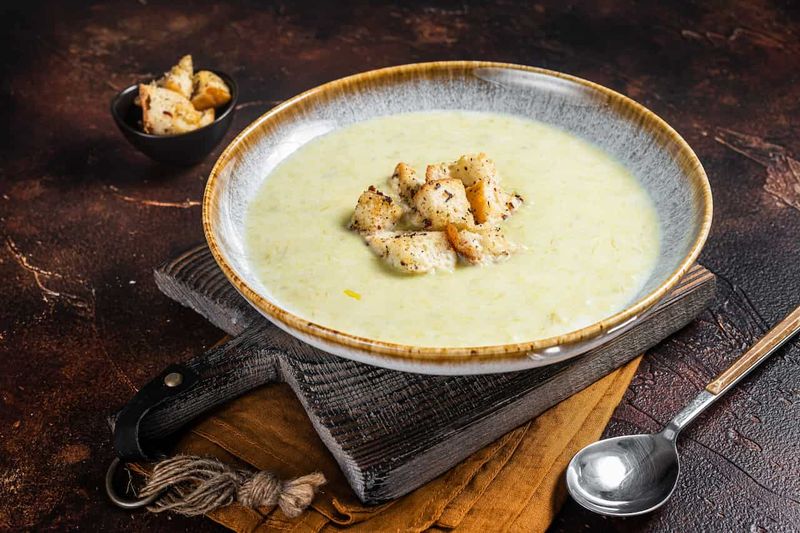



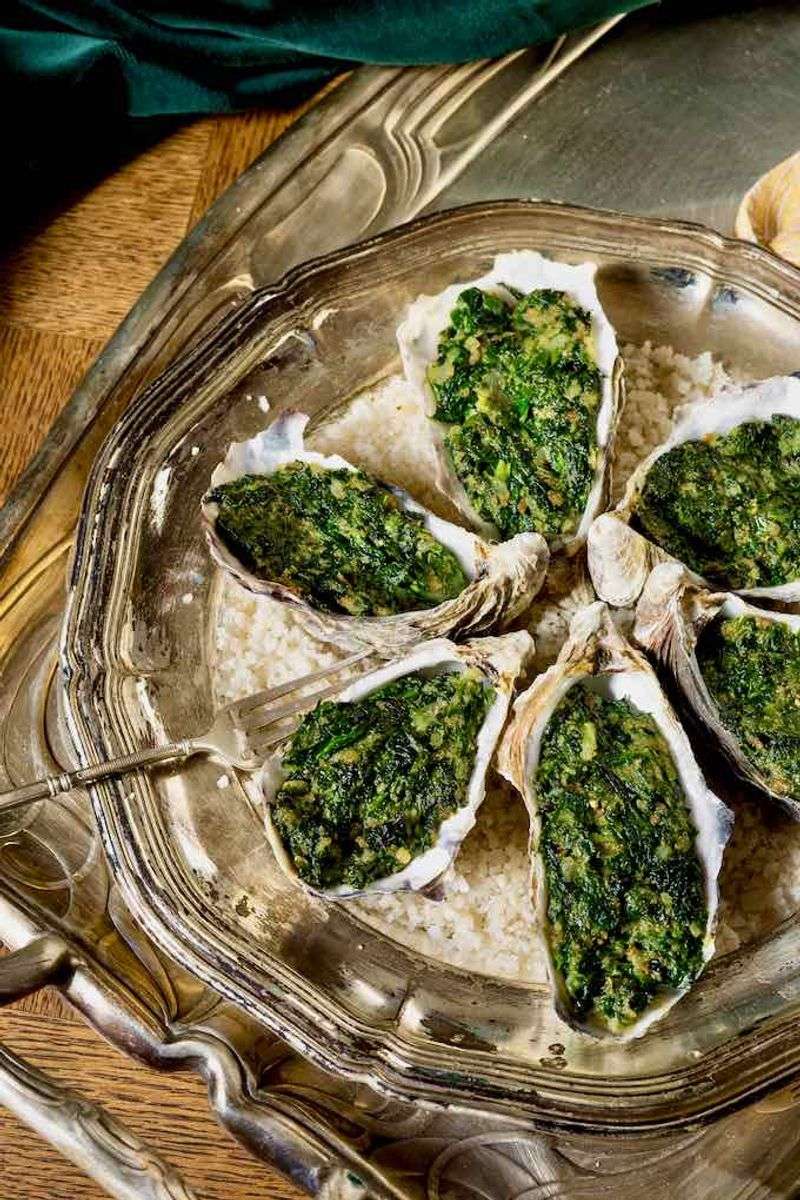

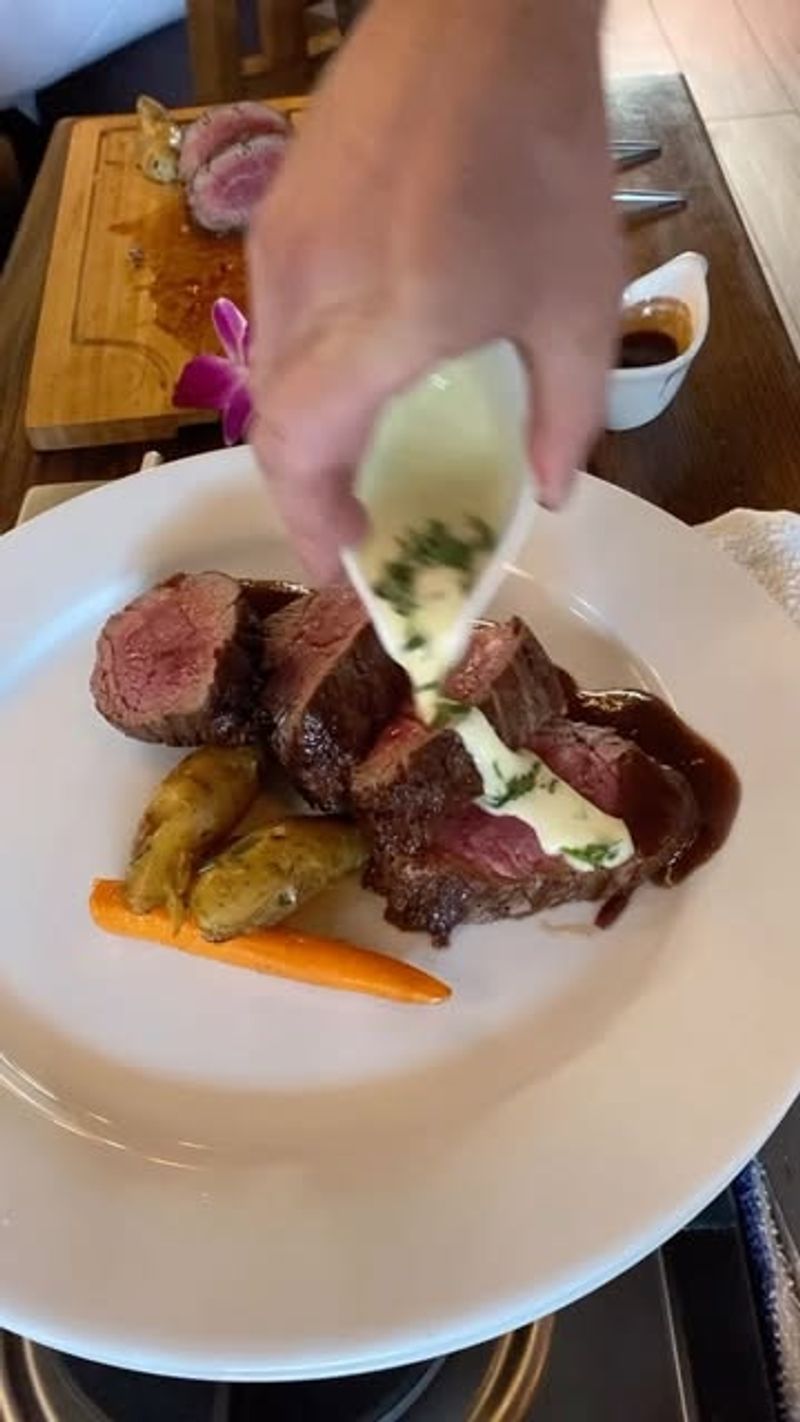
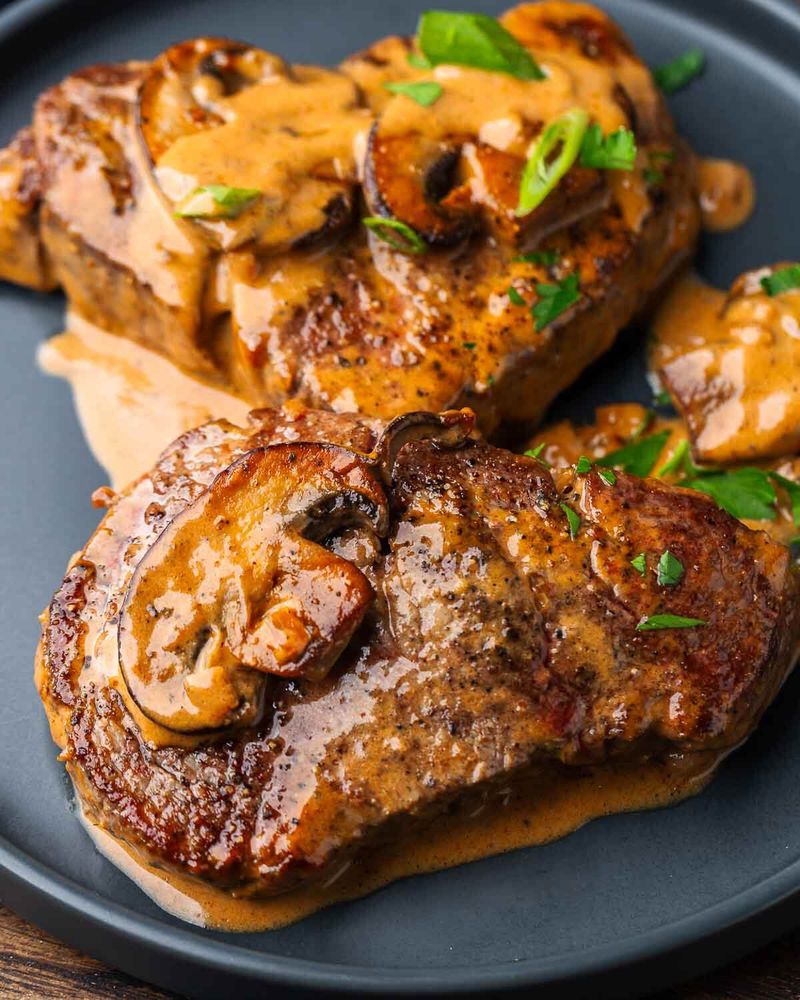

Leave a comment